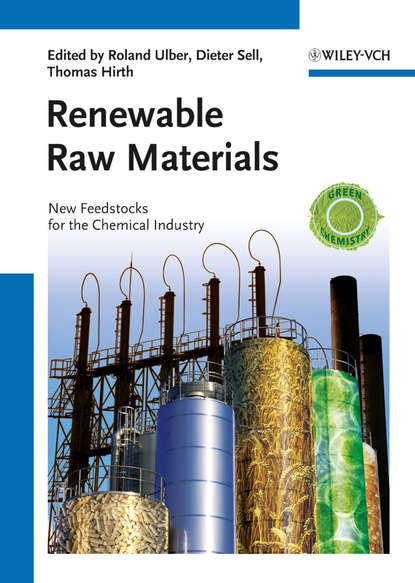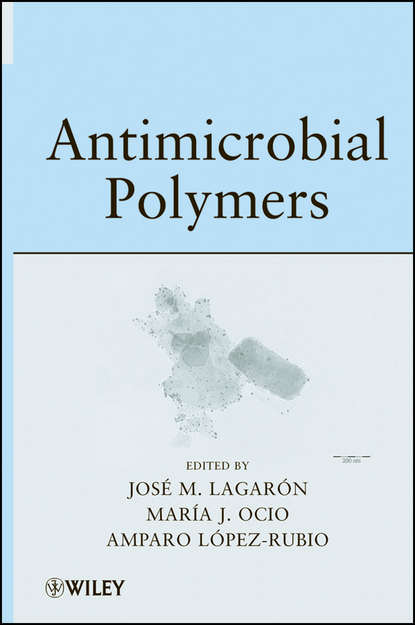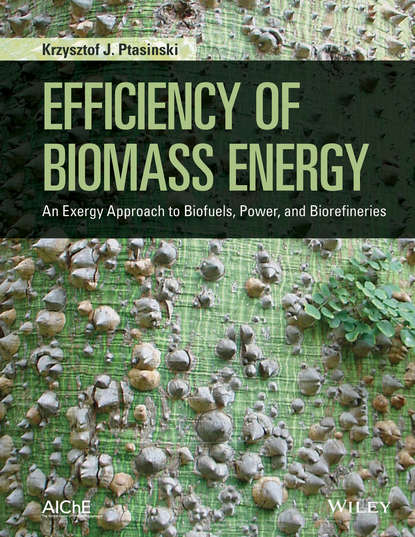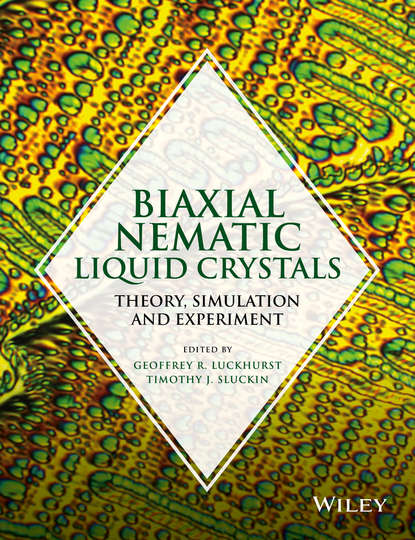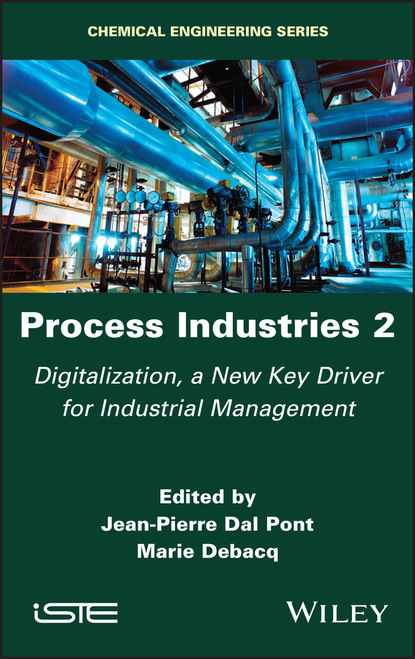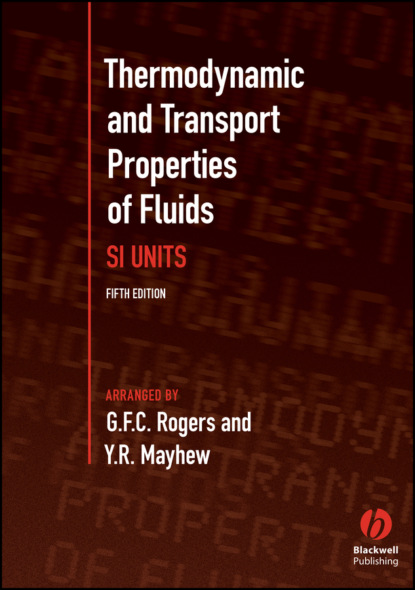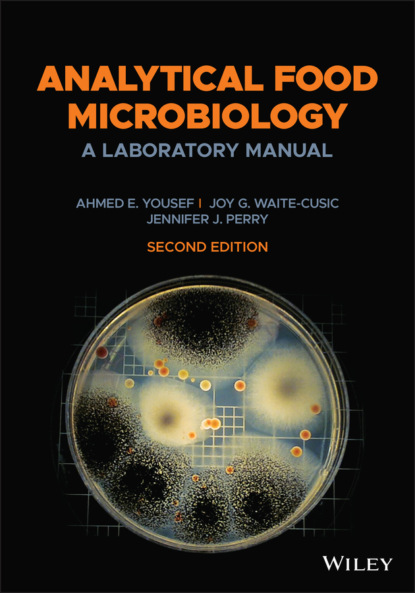Книга "Возобновляемые сырьевые материалы" посвящена одной из главных проблем, с которой сталкивается химическая промышленность - переходу к устойчивым операциям. Промышленность принимает инициативы по уменьшению использования ресурсов и внедрению безопасных материалов и процессов. Такие усилия должны поддерживаться методами, которые могут количественно оценить экономические и экологические последствия промышленных операций, опции модернизации и предоставить новые альтернативы проектирования. Книга сфокусирована на оценке жизненного цикла от источника до конечного потребителя уже существующих или концептуальных процессов для производства высокоэффективных топлив, химических продуктов и/или материалов из возобновляемых сельскохозяйственных отходов, растительных крахмалов и масел, лингоцеллюлозной биомассы и промышленных отходов растительного происхождения. Книга представляет ключевые концепции, системы и технологии с акцентом на новых источниках сырья для химической промышленности. Каждая глава использует общие темы конкретных сырьевых материалов, обеспечивая естественную прогрессию в книге. В результате получается широкий охват с различных точек зрения, подчеркивая не только технические аспекты, но также учитывая рыночное место и социально-экономические аспекты.
This work examines the following subjects: the present use of solar energy in industry and transportation and the turnover of renewable material technology. One of the specializations of this book is quantitative methods that researchers should adopt for analyzing the enduring economic and environmentality consequences of industrial activities.
Электронная Книга «Renewable Raw Materials» написана автором Группа авторов в году.
Минимальный возраст читателя: 0
Язык: Английский
ISBN: 9783527634217
Описание книги от Группа авторов
One of the main challenges facing the chemical industry is the transition to sustainable operations. Industries are taking initiatives to reduce resource intensities or footprints, and by adopting safer materials and processes. Such efforts need to be supported by techniques that can quantify the broad economic and environmental implications of industrial operations, retrofi t options and provide new design alternatives. This contemporary overview focuses on cradle-to-grave life cycle assessments of existing or conceptual processes for producing valueadded fuels, chemicals, and/or materials from renewable agricultural residues, plant-derived starches and oils, lignocellulosic biomass, and plant-based industrial processing wastes. It presents the key concepts, systems, and technologies, with an emphasis on new feedstocks for the chemical industry. Each chapter uses common themes of specifi c raw materials, thus forming a natural progression throughout the book. The result is coverage from a wide range of perspectives, emphasizing not only the technical issues but also considering the market place and socio-economic aspects.
